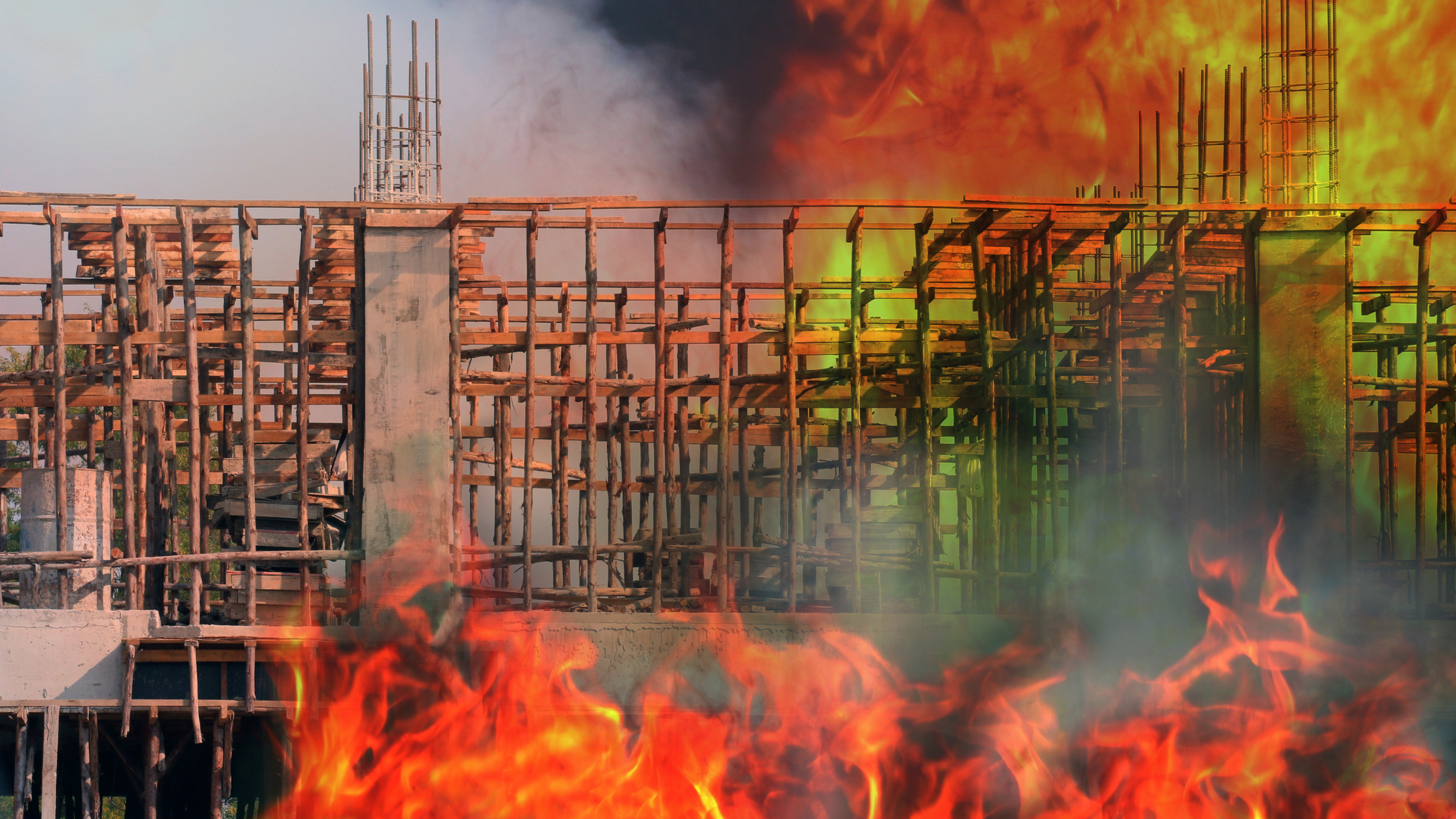Fire prevention is one of the most important factors in job site safety. Proper training, in-place fire procedures, and situational awareness are key strategies for reducing and preventing fires on construction sites.
Liberty bridge fire
While under rehabilitation, the fire at Liberty Bridge in 2016 prompted an investigation that closed the project for 24 days. Not only did it create headaches for contractors, but it also created hassles for commuters.
The blaze started when sparks from a welder’s torch ignited plastic tubing [and tarps on and beneath the bridge. Post-investigation, officials said the bridge was moments from collapsing before the fire was contained.
The lesson: Though no injuries resulted from the fire, it could have easily been prevented had workers implemented a fire safety plan.
Fire safety plans can prevent flames
In a case like the Liberty Bridge fire, having the right fire safety plan—including more than one plan of action if a fire occurs—could have prevented the blaze. Greater situational awareness could also have prevented the blaze. For example, if workers had taken notice of flammable material in an area where torches were used, the fire could have been avoided.
When it comes to fire safety, planning is critical.
Proper safety planning and environmental awareness among workers can prevent on-site fires. Even when they can’t, having the correct procedures will save lives.
Here are some of our top tips for preventing job site fires.
6 tips for work site fire safety and prevention
1. Implement fire prevention training
Every person on a job site should be trained in the codes, regulations, standards, and best practices of having a solid fire prevention plan. The National Fire Protection Association’s 241 standard helps safeguard construction and demolition work from fire.
2. Include fire prevention in safety meetings
Safety meetings should include fire safety as well as machine safety. Identify work areas more prone to fire and devise fire prevention plans in the event a fire breaks out.
Remind workers of fire hazards and have safety devices like fire extinguishers readily accessible. Workers should also be encouraged to speak up about potential fire hazards seen in the workplace.
3. Set fire procedures
Devise multiple fire evacuation routes in the event of a fire. Have a plan of action for notifying authorities and set a worker chain of command to follow during an onsite fire.
4. Teach workers situational awareness
Remind workers they are crucial to preventing fires. Teach them to stop, look around, listen, and smell throughout their shift.
Being aware of your surroundings is vital to preventing accidents. Heightened awareness means they won’t miss any environmental clues that a fire has started or could be about to start.
5. Use technology to prevent or stop fires
Almost all workers have cell phones that can be used to take photos when a fire hazard is spotted. It’s then their duty to inform management. Technology is also critical to a fire safety plan—mainly to notify authorities and co-workers.
6. Learn from mistakes
Fires of all sizes happen on worksites, but most are caught before extensive damage. Learning from mistakes is key to preventing future issues.
Mistakes caught in time are excellent teaching moments for employees to evaluate the situation and what could have been done differently—what was done wrong, what was done right, and how the blaze might have been prevented. Analyzing failures can devise better procedures.
Wrapping up
Fire prevention on a construction site involves proper training and devising preventative measures to avoid fires, including properly staging materials. It means teaching workers to spot fire hazards before they happen and report them when they see them. It also involves planning to respond safely to fire emergencies and teaching workers how to respond appropriately.



2 comments